Menu
coBALT operates throughout Denmark as well as in Stockholm.
Click on the name of a capital city on the map on the right to learn more.
coBALT operates throughout Denmark and the Baltic States as well as in Stockholm and Helsinki.
Click on the name of a capital city on the map on the right to learn more.
London – Copenhagen : 1h50
London – Stockholm : 2h35
Danes are among the happiest people in the world. When you visit Copenhagen and the surrounding area, you will immediately understand why. The capital combines cultural riches and modern architecture with an eco-friendly lifestyle and creative and original gastronomy.
Indeed, the new Nordic cuisine has made Copenhagen one of the world’s gastronomic capitals. It boasts no less than 15 Michelin-starred restaurants, while offering many organic dining options in all price ranges.
The centre of Copenhagen is one of the greenest, cleanest and most sustainable urban centres in the world, where cycling has a natural place as a means of transport. However, the city does not neglect public transport, which is particularly plentiful and efficient here. And as the city is a port, you can take a refreshing dip in its waters. Copenhagen is a city on a human scale, which makes it a very easy place to explore.
Here, the morning ballet of cyclists is more like a fashion show on wheels. Few people manage to combine natural freshness, respect for simplicity, and understated beauty as well as the Danes. These principles form the basis of Danish design, which can be seen in its architecture, furniture and lighting, ceramics and glassware.
As Denmark’s monarchy is the oldest in the world, there are many and varied historical testimonies to this in the capital.
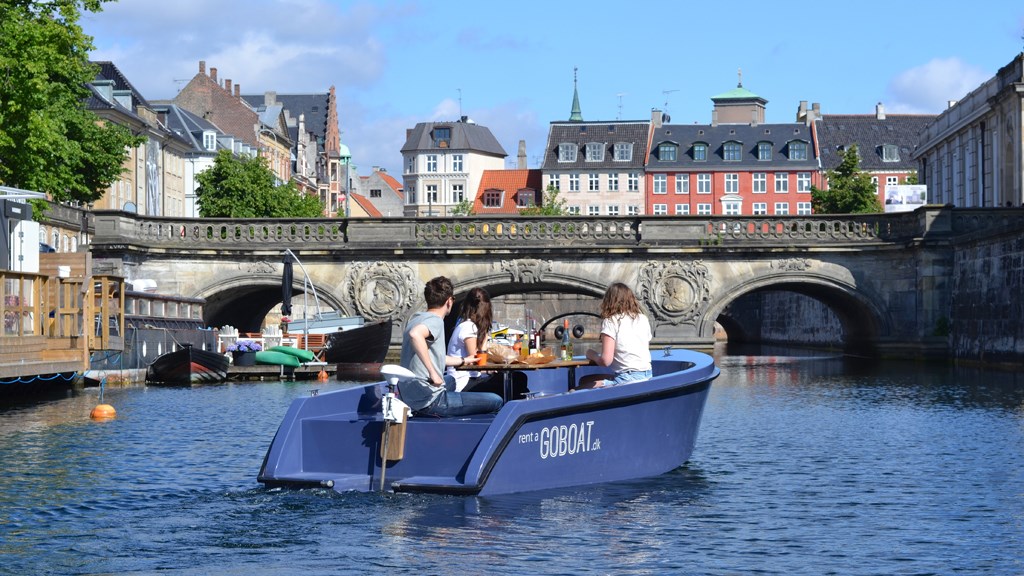

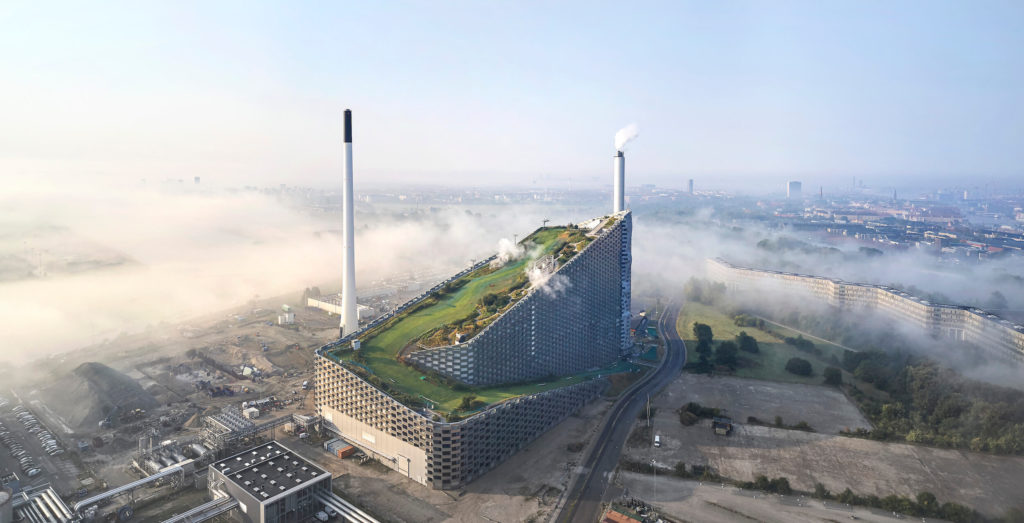
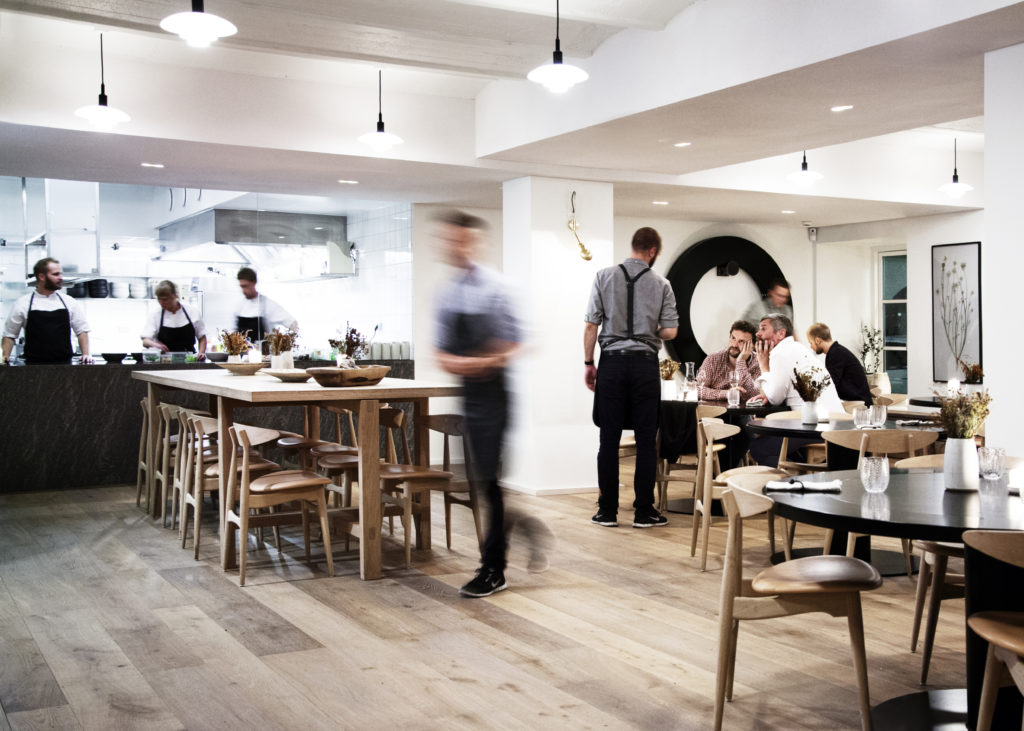
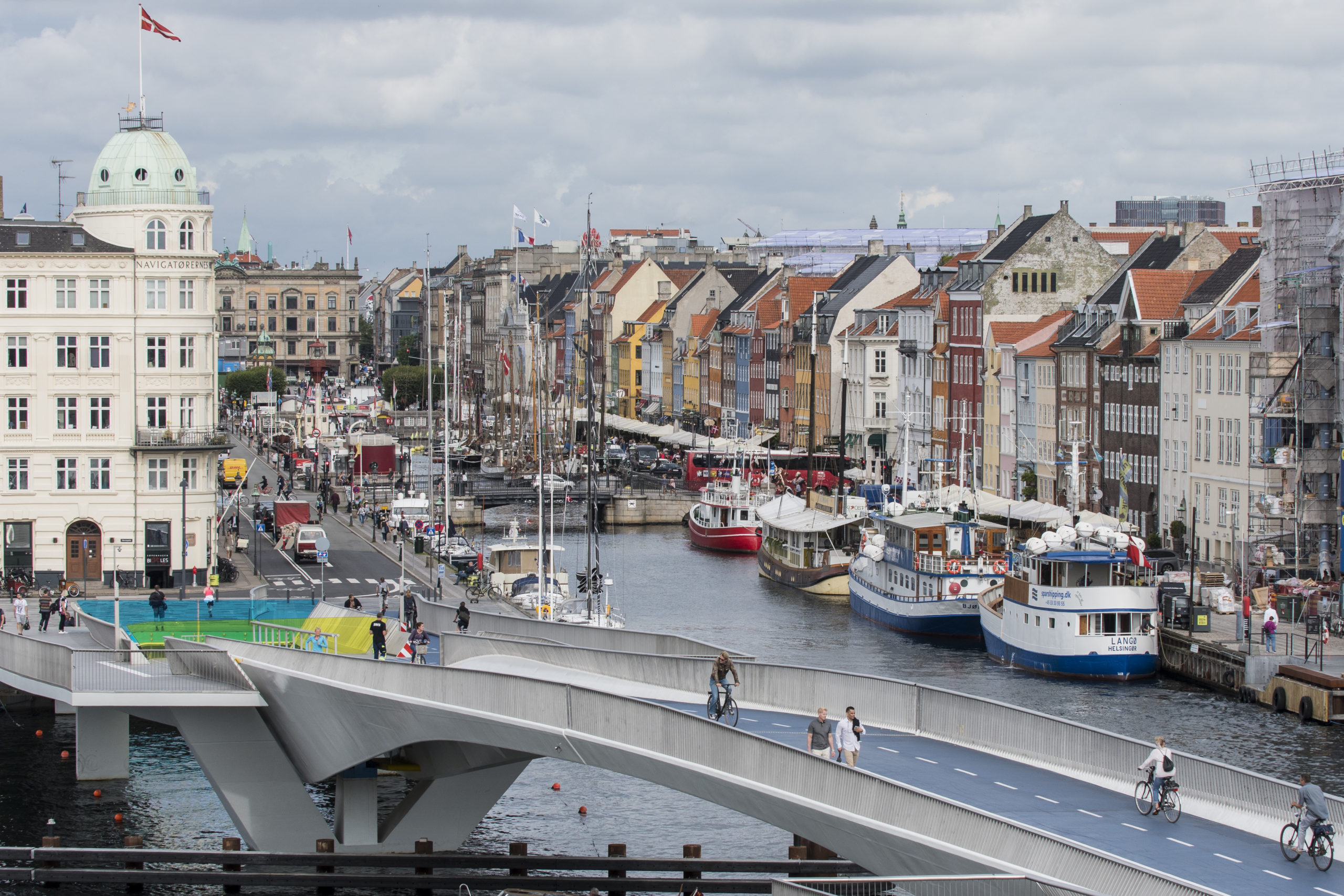
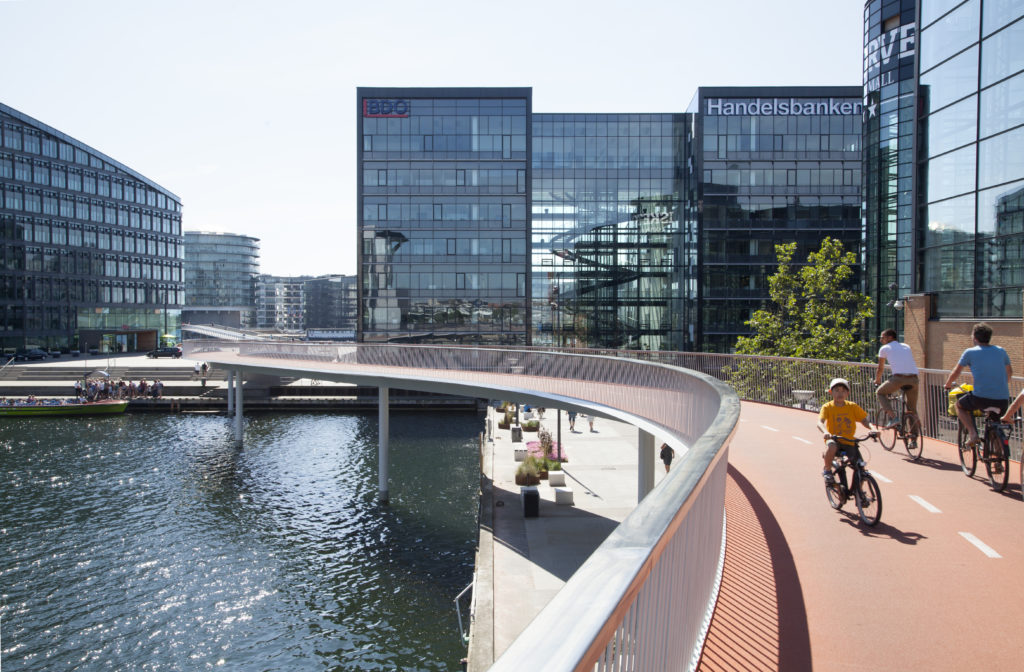
Surrounded by the deep waters of the Baltic Sea, Stockholm is a surprising city and each of its 14 islands presents a new facet of the Swedish capital.
Whether it’s the cobblestone streets of the Old Town (Gamla Stan), the hipster district of Södermalm, the urban forest of Djurgården, the famous town hall of Kungsholmen, the sophisticated boutiques of Östermalm or the lively downtown area of Norrmalm, wherever your gaze wanders it meets the water. A boat trip to the Stockholm archipelago and one of its islands is a natural choice.
The Swedish population, and Stockholm’s in particular, is a tolerant, inclusive and outward-looking society. Even the Swedish monarchy (Bernadotte dynasty) is considered the most modern in the world. It is very present in the city, with its 2 majestic palaces.
An innovative and forward-thinking city, Stockholm is increasingly focused on technological innovation and is home to a growing number of start-ups such as Spotify – whose density is such that only Silicon Valley can rival it. Hammarby Sjöstad, an eco-neighborhood on the southeastern outskirts of Stockholm, is considered a global benchmark for green solutions in urban planning.
A young city whose current appearance only emerged in 1809, Helsinki lived under Swedish and Russian rule until 1917, when Finland declared its independence.
Spread out on a peninsula surrounded by 315 islands, Helsinki is a merchant port open to the Gulf of Finland – it is a city strongly characterized by the presence of water.
The architecture of Helsinki is very interesting. The city has several works by the famous Finnish architect Alvar Aalto. You will have heard of the Finlandia House, the concert and congress center where in 1975 the Helsinki agreements were signed, which allowed major advances in the recognition of human rights.
It is an open and international city, with more than 140 nationalities among its inhabitants. It is a city that is always looking to the future, paying great attention to technological development and environmental preservation. Its city center has become completely pedestrianized and Helsinki wants to ban cars by 2025 and reach carbon neutrality by 2035!
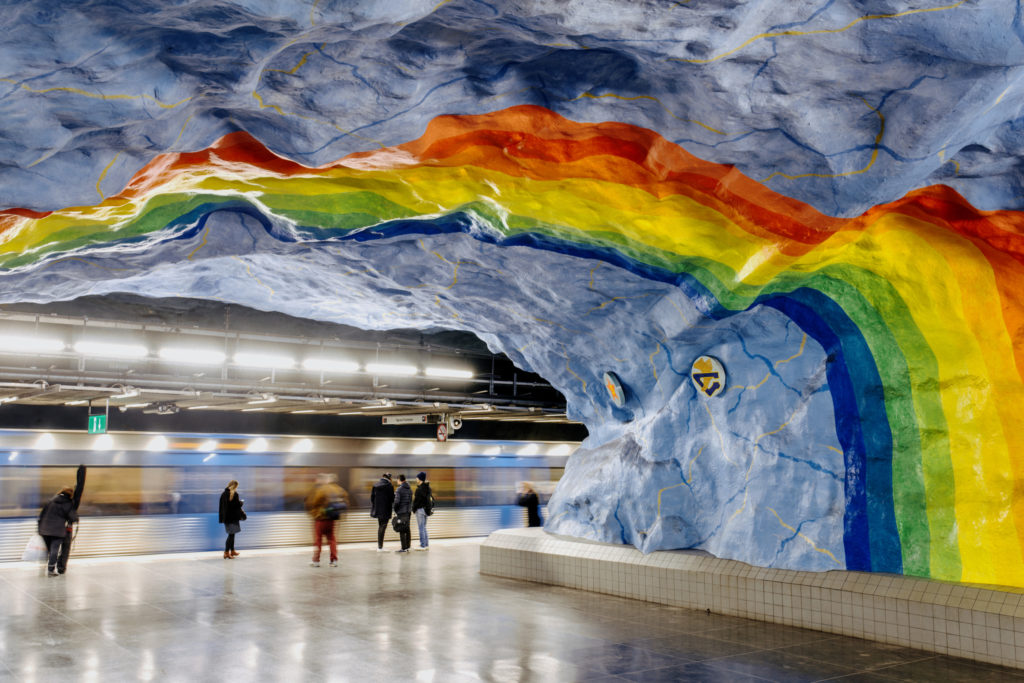
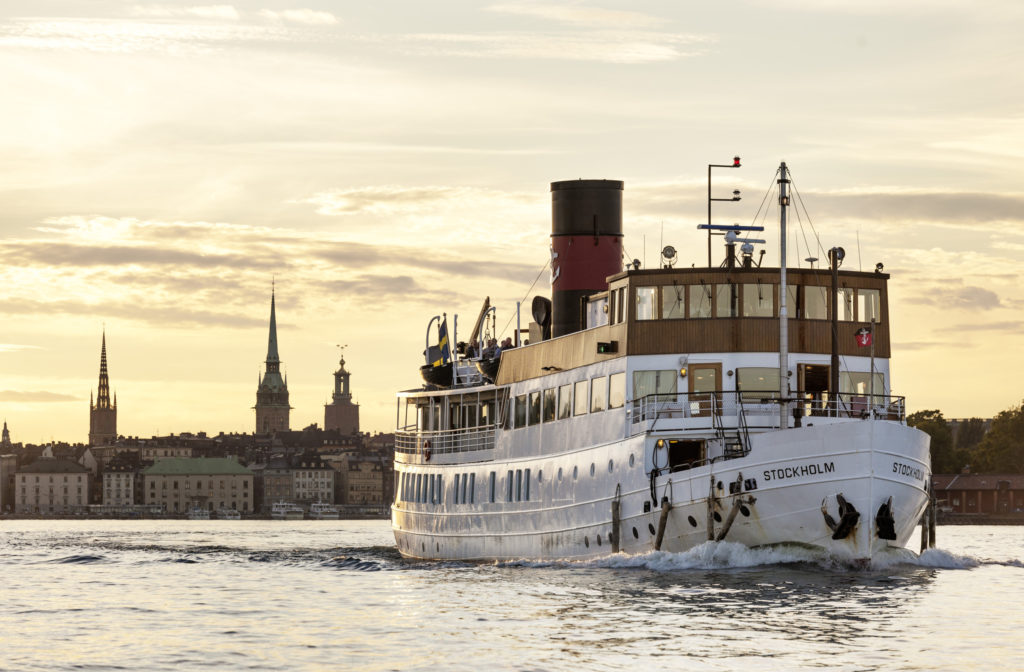
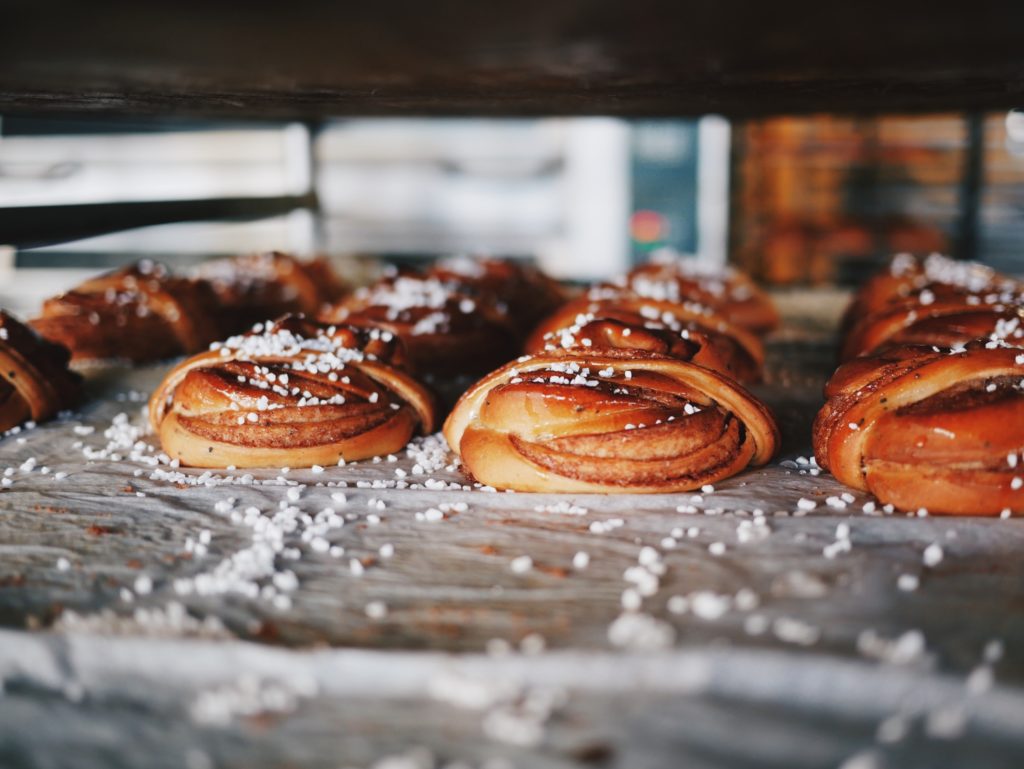

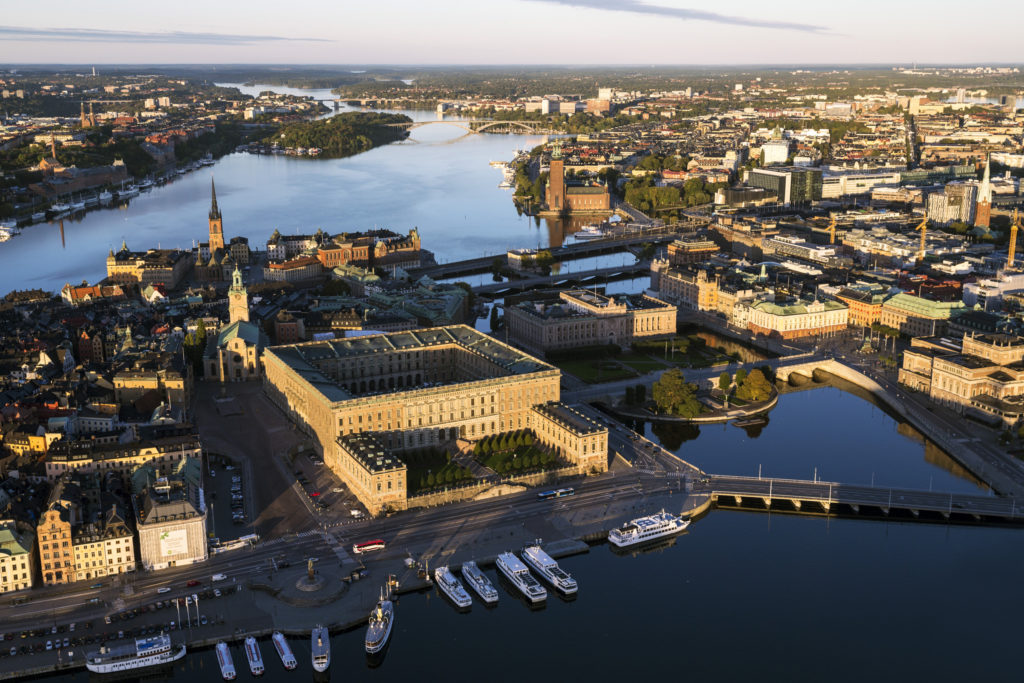

Vilnius is the capital of Lithuania. It is located in the south-east of the country, more than 300 km from the sea. It is recognisable by its many Baroque structures. It is a very green city where it is pleasant to live in its historic districts. Vilnius also has its own city, the business centre of Šnipiškės, where skyscrapers stand next to 19th century wooden houses. It is a very cosmopolitan city, and in previous centuries it was home to one of the largest Jewish communities on the continent. Today, Polish and Russian minorities account for just under a third of the population.
Its university is among the oldest in Eastern Europe and is a must for lovers of libraries and Harry Potter atmospheres. Have you heard of the independent Republic of Uzupis? Founded in 1997 by a group of artists, it is still one of the smallest autonomous institutions in the world with its own constitution (which you can read on its walls, largely decorated with street art) and its own currency.
Riga is the capital of Latvia and is also the largest of the Baltic states. It is crossed from north to south by the wide Daugava River which flows into the Baltic Sea. The famous beaches of the seaside resort of Jūrmala are located 25km from the city.
Riga is a city unlike any other and each district has its own character.
On the right bank, the Vecrīga (Old Riga) district reminds us of the city’s medieval past with its cobbled streets, numerous squares and churches. Behind its historic facades, numerous restaurants invite you to taste contemporary Latvian cuisine.
Continuing on to the neighbouring Centrs district, separated from the old town by large parks and a canal (the starting point for a nice cruise), one discovers the daily life of the locals sitting on the terraces of trendy cafés. Around Alberta Street, you will notice a very rich and elegant architecture dating back to the pre-war period, the Jugendstil (equivalent to art nouveau in German). In all, more than seven hundred art nouveau buildings were built between 1899 and 1914, a world record.
The hipster district of Riga is located around the Tallinn courtyard, a former ambulance depot that has become a paradise for street art lovers. In the evening, you can find the Latvian youth in the numerous bars and around the food trucks while listening to the latest local DJs.
A little further on, you can see the skyscrapers of Skanste, the city in the making of Riga, where luxury flats and high-class offices (finance, IT) are located.
On the other side of the river, you can easily spot the National Library of Latvia, an impressive 68-metre high liner. Nearby, the wooden houses dating from the Russian imperial era in the Kalnciema district host exhibitions, workshops and wine bars. Numerous concerts are held here in summer.
Tallinn’s wealth is based on its strategic position on the Gulf of Finland, which made its port one of the key points of the Hanseatic League. Today it is one of the most popular cruise destinations on the Baltic Sea.
The Old Town consists of two parts: Toompea (Upper Town), the seat of power that dominated the rest of the city with its castle and Orthodox cathedral, and All-linn (Lower Town), which was then controlled by the merchants from the town hall on the Old Town Square and where you can find such wonders as the oldest still functioning pharmacy in Europe (1415) or the Black Heads House, the seat of an old merchant guild established in the 14th century.
Lovers of Baroque architecture will appreciate Kadriorg Castle, built by Tsar Peter the Great in honour of his wife Catherine. Today it houses the foreign department of the Estonian Museum of Art (KUMU).
Just a short walk from the Old Town, Telliskivi is the city’s trendy district with its many cafes, bars, restaurants, designer shops and museums.
Tallinn is also a modern city that has even become one of Europe’s leading technology hubs. It is the home of many innovative start-ups in the past (Skype) as well as today (Bolt, Wise), so it is no coincidence that Tallinn is home to NATO’s Cooperative Cyber Defence Centre of Excellence.
La Finlande est connue pour sa qualité de vie remarquable et Helsinki en est l’exemple parfait. C’est une ville moderne et verte, qui priorise le bien-être quotidien de ses habitants et pourtant se consacre à garantir la bonne qualité des logements et des transports en commun – avec le regard toujours tourné vers les questions environnementales.
Ville jeune dont l’aspect actuel ne surgit qu’en 1809, Helsinki a vécu la domination suédoise et russe jusqu’en 1917, quand la Finlande a déclaré son indépendance.
Étalée sur une presqu’île entourée de 315 îles, Helsinki est un port marchand ouvert sur le Golfe de Finlande – c’est une ville fortement caractérisée par la présence de l’eau.
L’architecture de Helsinki est très intéressante. La ville compte plusieurs œuvres du célèbre architecte finnois Alvar Aalto. Vous aurez entendu parler de la Maison Finlandia, le centre de concerts et de congrès où en 1975 furent signés les accords d’Helsinki qui permirent des avancées majeures sur la reconnaissance des droits de l’homme.
C’est une ville ouverte et internationale, qui compte plus de 140 nationalités parmi ses habitants. Une ville toujours tendue vers l’avenir, qui prête beaucoup d’attention au développement technologique ainsi qu’ à la préservation de l’environnement. Son centre-ville est devenu complètement piéton et Helsinki souhaite interdire les voitures d’ici 2025 et atteindre la neutralité carbone en 2035 !
coBALT ApS
Søren Norbys Alle 13
2300 København S
Danemark
© 2024 – coBALT